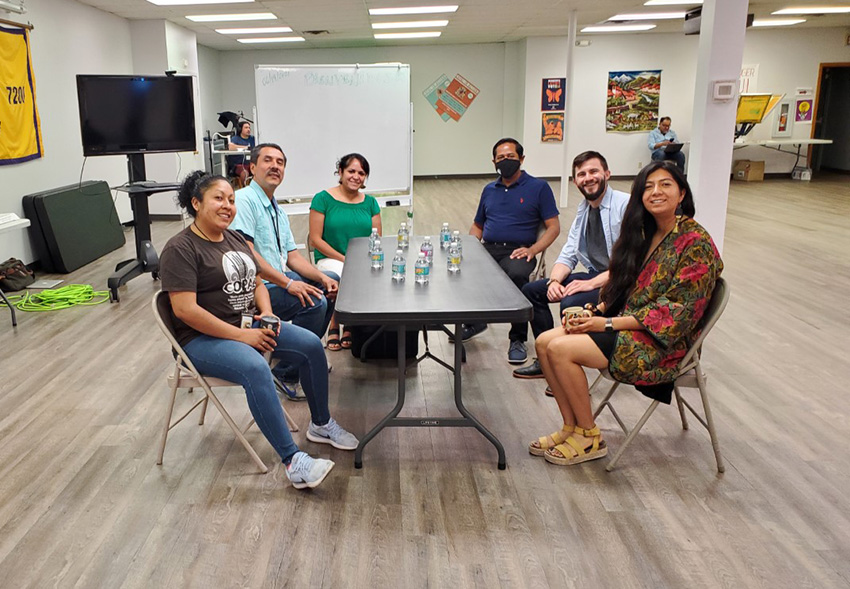You didn’t become an organizational leader because of your ability to effectively train others, you took on more leadership because of your commitment to the cause.
Over time, you developed an acute skillset that is necessary for social change, whether that’s organizing, communications, fundraising, or something else, and eventually you found yourself responsible for a team.
Then another skillset came into play. You realized that it’s not enough to know how to do something you also need to know how to teach it.
That’s why at Learning to Transform we help social change leaders create a curriculum around their unique approach to social change, so they can use training and education to expand results.
But training alone isn’t enough to get there. In order to convert learning into action, leaders need to use it as a complement to other indispensable leadership tools to support their team to take action.
If you want people to improve what they are able to accomplish in their efforts for social change, consider how you might apply the following techniques.
- Modeling
Leaders need to show through their own behavior what they expect of the organization and its members. If you expect people to show up for meetings on time, you must do so yourself. If you expect people to be proactive in finding solutions as challenges arise, you must do this as well.
It’s a big responsibility and you will never be perfect, but by practicing applying the principles you expect in the presence of your colleagues you will definitely start to see the results.
- Systems
A system is a set of procedures that together will accomplish a desired outcome. Leaders likely have a system in mind that has worked for them, whether that’s leading a particular campaign or tactic or conducting one-to-ones.
While the system might be obvious to the leader, they cannot assume it’s obvious to the rest of the team. One way to help their team accomplish more is to document the system and share it with them, being open to feedback as contexts change.
- Coaching
Given your record of success, it can be easy to want to hop in and solve the problem every time a teammate confronts a challenge. With a coaching approach, your responsibility is to pose questions that will help your teammate take more responsibility and solve issues as they arise.
By using open-ended questions that lead teammates from observation to analysis, to action, social change leaders can watch their team grow into new areas they haven’t before.
Somehow more people led to more work instead of less.

Alongside training, modeling, systems, and coaching are invaluable tools that will help leaders support their team to reach its desired outcomes.
What other techniques do you think are essential complements to training? Let us know in the comments.





